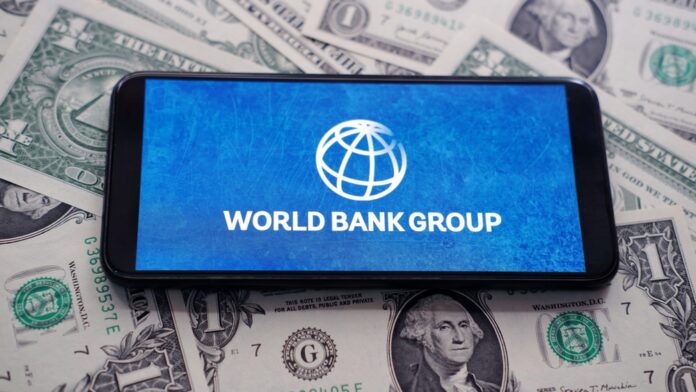The World Bank who in September this year recalculated the country’s growth path at a slower pace of 5.7 percent in terms of local output expansion, has trimmed its forecast further to 5.6 percent.
The new forecast takes into account still elevated inflation in the country, its tight financial conditions and weak external environment, sharply lower than growth of at least 6 percent for the $404 billion southeast Asian economy forecast in April.
According to the World Bank, inflation, or the rate of change in prices, were to increase marginally this year as risks to food inflation materialize before returning to within-target levels next year. Food inflation in the Philippines ramped up to 9.7 percent in September from 8.1 percent in August on the back of sharply higher cost of the rice staple amid a shortage and made worse by transport fare adjustments.
The budget deficit equal to 7.3 percent of the gross domestic product last year, is seen improving to 4.1 percent in two years down the line. The Philippines last had budget surpluses in the mid-1990s when this equaled 1 percent of GDP, based on government data.
“Efforts to reduce public spending will continue until 2026, led by the decline in recurrent spending. The government is expected to strengthen tax collections beginning in 2024 through the introduction of several new tax measures and reforms focused on broadening the tax base,” the World Bank noted.
Between now and 2025, GDP expansion will likely average 5.7 percent with support from domestic demand, particularly by private consumption and the hope that recent reforms will boost investments going forward.
Growth slowed in the first six months this year to only 5.3 percent from 7.8 percent last year as private consumption and investment both dipped due to inflation, increased borrowing costs and dissipating pent-up demand, the World Bank noted.
“Despite the rebound in tourism, services growth moderated. The manufacturing and mining sectors also experienced a slowdown in response to weakening external demand, contributing to an overall dampening of industry growth, it said.
To boost long-term growth, the World Bank said it is imperative for government to address structural challenges like underinvestment in physical and human capital and low productivity.
“Effective implementation of pro-investment reforms in renewable energy and sectors like trade, transport, and telecommunications will generate economy-wide productivity gains. In addition, implementing reforms that encourage private sector participation in physical and human capital investments will enhance growth potential even within the constraints of limited fiscal space.
Effective public spending in agriculture will boost productivity and enhance local food supply, thereby reducing the impact of food price shocks that disproportionately affect the poor.
“Furthermore, implementing reforms that strengthen the resilience of education, human settlements, and healthcare systems will mitigate the effects of climate change, public health crises, and natural disasters in both the short and long term,” the World Bank said.







